I don't know what you have on these roofs, to clog such a tee / siphon made of 50 mm pipes, you would probably have to live in the forest.

Czy wolisz polską wersję strony elektroda?
Nie, dziękuję Przekieruj mnie tamandrzej20001 wrote:I don't know what you have on these roofs, to clog such a tee / siphon made of 50 mm pipes, you would probably have to live in the forest.
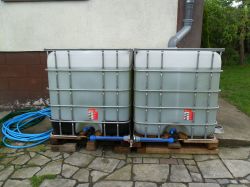

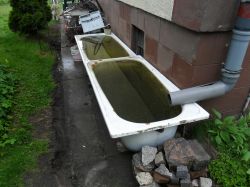
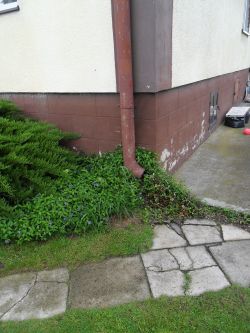
zybex wrote:Now, seeing what's going on, I'd connect them upside down. If this was a popular option, I'd definitely go for it. I will see what will happen after one season and if necessary I will make appropriate changes. I am most afraid of clogging the 3.4 inch tap.
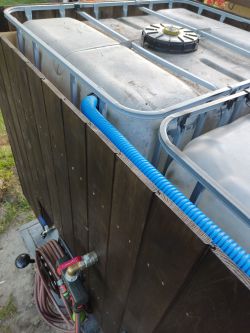

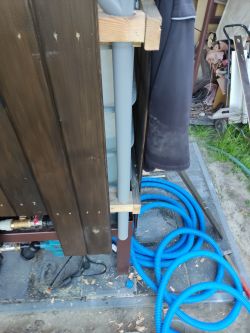 .
.
